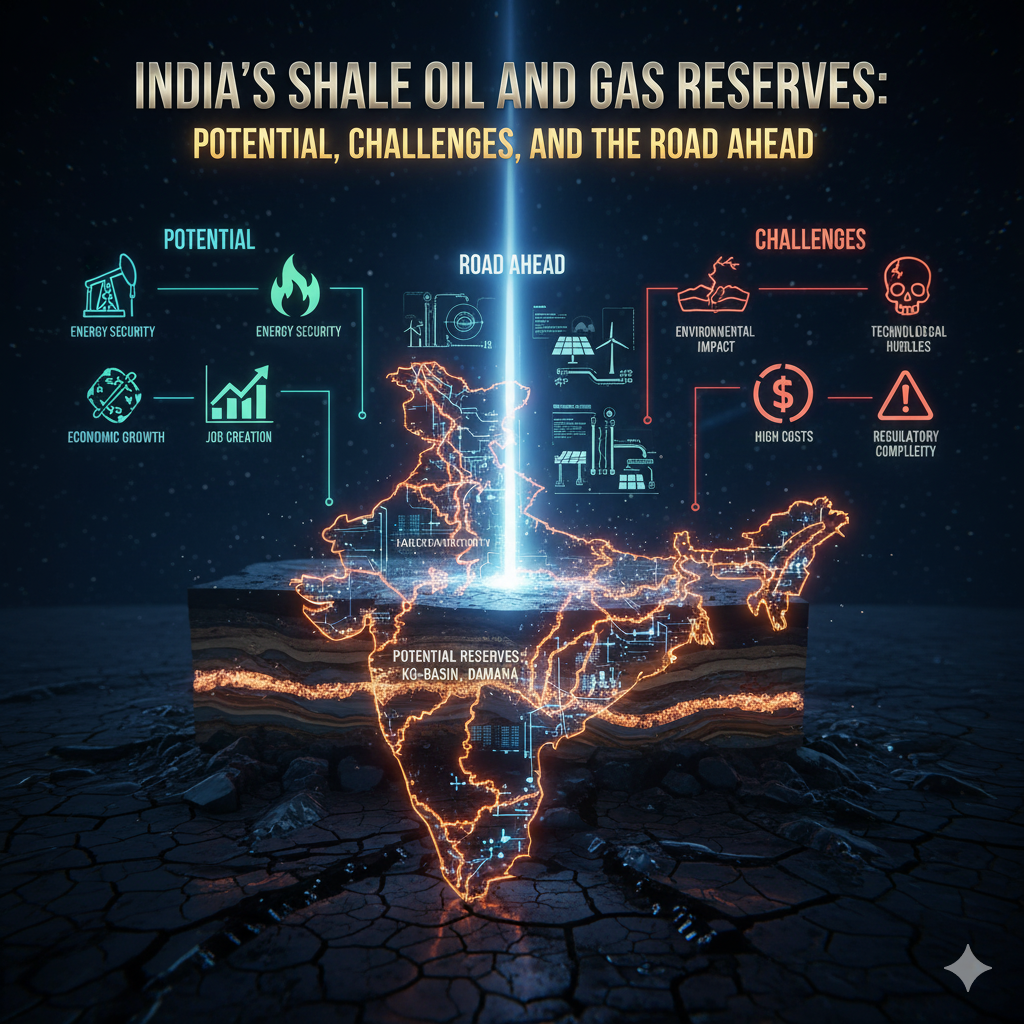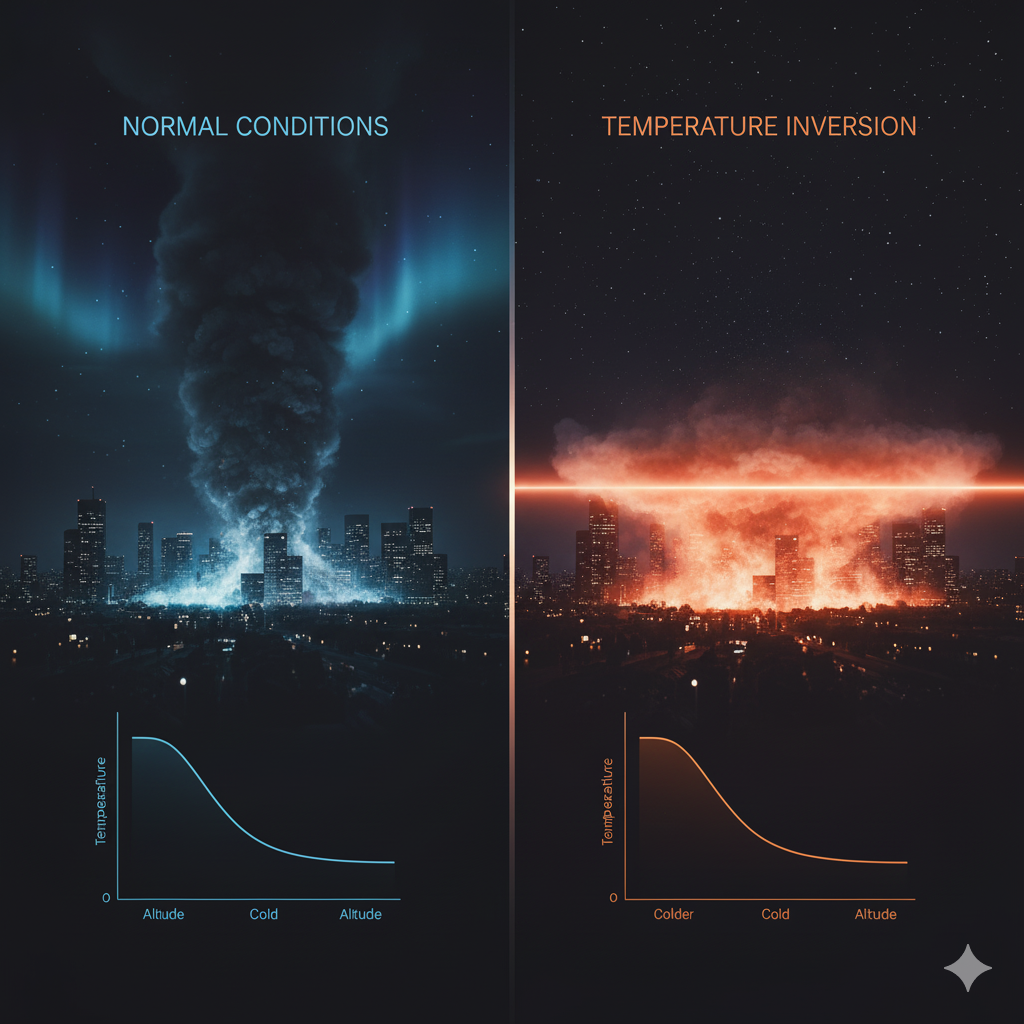Introduction
India, with its tropical location and vast landmass, possesses immense potential for solar energy generation. Situated between the 5° 55′ N to 37° 6′ N latitude, the country receives abundant solar radiation, making it one of the most promising regions globally for solar energy development. Solar energy is renewable, sustainable, and environmentally friendly, and it can significantly reduce India’s dependence on fossil fuels while addressing energy security and climate change challenges.
Despite the enormous potential, regional variations in solar energy development exist due to differences in solar insolation, land availability, industrial capacity, state policies, infrastructure, and socio-economic factors. This essay elaborates on India’s solar energy potential, its regional disparities, key development projects, challenges, and prospects, emphasizing its role in sustainable energy transition.
Solar Energy Potential in India
1. Solar Radiation and Insolation
- India receives an average solar radiation of 4–7 kWh/m²/day across most regions.
- Annual sunshine duration ranges from 2,500 to 3,000 hours, offering a huge window for solar power generation.
- The Thar Desert and western regions receive the highest solar radiation due to clear skies and low cloud cover.
2. Estimated Potential
- The National Institute of Solar Energy (NISE) estimates India’s solar potential at ~750 GW of solar power from rooftop and large-scale projects combined.
- Approximately 89 million hectares of land is technically suitable for solar installations, though actual deployment depends on land use and policy support.
3. Types of Solar Energy Technologies
- Photovoltaic (PV) Systems – Convert sunlight directly into electricity using solar cells.
- Concentrated Solar Power (CSP) – Use mirrors or lenses to concentrate sunlight, generating heat to produce electricity.
- Rooftop Solar – Small-scale installations on residential, commercial, and industrial rooftops.
- Floating Solar – Solar panels installed on water bodies, reducing land pressure.
Regional Variations in Solar Energy Potential
Solar energy potential is not uniform across India, with regional variations influenced by geography, climate, land availability, and infrastructure.
1. Northern India
- States like Rajasthan, Gujarat, and Punjab have high solar insolation (5–7 kWh/m²/day).
- Rajasthan: The Thar Desert is ideal for utility-scale solar farms; projects like Bhadla Solar Park (2,245 MW) demonstrate its potential.
- Gujarat: Pioneered large solar parks (e.g., Charanka Solar Park) and rooftop solar initiatives; favorable policies and land availability accelerate development.
- Challenges: Sandstorms and high temperatures can reduce PV efficiency; transmission infrastructure needs expansion.
2. Western India
- Includes Maharashtra, Madhya Pradesh, and western Rajasthan.
- Madhya Pradesh: Solar radiation is moderate (5–6 kWh/m²/day); government incentives have boosted both rooftop and utility-scale projects.
- Maharashtra: High energy demand due to industrial hubs; rooftop solar and industrial-scale solar plants are growing rapidly.
- Challenges: Land scarcity in industrial areas, high humidity in coastal regions affecting PV efficiency.
3. Southern India
- States: Karnataka, Andhra Pradesh, Telangana, Tamil Nadu, Kerala.
- Karnataka: Leading in solar capacity (~6 GW), thanks to progressive policies, industrial support, and sunny climate.
- Telangana and Andhra Pradesh: Strong potential in inland districts with high insolation; large-scale solar parks and rooftop projects are expanding.
- Tamil Nadu: Coastal state with moderate solar potential; earlier wind energy development led to a delayed but growing solar sector.
- Challenges: High humidity in coastal regions can lower panel efficiency; land acquisition issues in populated areas.
4. Eastern India
- States: Odisha, West Bengal, Jharkhand, Bihar, Chhattisgarh.
- Solar potential moderate (4.5–5.5 kWh/m²/day); high rainfall in monsoon reduces effective insolation.
- Industrial demand increasing; rooftop solar gaining attention.
- Challenges: Dense population, forest cover, and frequent cloud cover limit large-scale solar deployment.
5. North-Eastern India
- States: Assam, Meghalaya, Manipur, Nagaland, Arunachal Pradesh.
- Solar radiation relatively low (3.5–4.5 kWh/m²/day); terrain is hilly with dense forests.
- Solar deployment mainly in off-grid and decentralized systems for rural electrification.
- Challenges: Difficult terrain, high rainfall, lack of transmission infrastructure.
6. Central India
- States: Madhya Pradesh, Chhattisgarh.
- Moderate solar radiation; available land and industrial demand offer good prospects for medium-scale solar parks.
- CSP potential exists due to large land areas with high direct normal irradiance.
Key Solar Energy Projects in India
1. Bhadla Solar Park, Rajasthan
- Capacity: 2,245 MW, one of the largest globally.
- Area: 14,000 hectares.
- Significance: Demonstrates utility-scale deployment in desert conditions; uses both PV and CSP technology.
2. Charanka Solar Park, Gujarat
- Capacity: ~590 MW.
- Supports industrial and urban power needs; integrated with transmission infrastructure.
3. Pavagada Solar Park, Karnataka
- Capacity: 2,050 MW.
- Spread across 13,000 acres; public-private partnership model; contributes to state grid stability.
4. Rooftop Solar Initiatives
- Government target: 40 GW by 2030 under National Solar Mission.
- Incentives include subsidies, net metering, and low-interest financing.
5. Floating Solar Projects
- Example: 100 MW floating solar plant on Telangana’s Ramagundam reservoir.
- Advantages: Reduces land use pressure, decreases evaporation from water bodies, and increases efficiency due to cooling effect.
Factors Influencing Regional Variations in Solar Development
- Solar Radiation and Climatic Conditions – Desert and arid regions like Rajasthan receive high insolation; hilly and forested regions receive less.
- Land Availability – Large-scale solar parks require vast contiguous land; urban and forested regions face constraints.
- State Policies and Incentives – Progressive policies in Rajasthan, Gujarat, Karnataka boost development; states with bureaucratic delays see slower growth.
- Grid and Transmission Infrastructure – Adequate transmission lines are necessary to evacuate solar power from parks to demand centers.
- Industrial and Urban Demand – States with high electricity demand encourage rooftop and distributed solar projects.
- Financing and Investment – Availability of funds and investor confidence determines pace of deployment.
- Technological Adoption – CSP, tracking PV systems, and floating solar improve efficiency and regional deployment feasibility.
Challenges in Solar Energy Development
- Intermittency – Solar power is weather-dependent; requires storage solutions or hybrid systems.
- Land Acquisition – Large-scale parks often require thousands of hectares, leading to land-use conflicts.
- Initial Investment Cost – High upfront cost, though declining with technology advancements.
- Transmission Bottlenecks – Solar parks often located in remote areas; insufficient grid connectivity limits effective utilization.
- Maintenance and Efficiency – Dust, humidity, and temperature fluctuations affect PV efficiency.
- Policy and Regulatory Barriers – Inconsistent state policies, tariff structures, and clearance processes can slow projects.
Government Initiatives to Promote Solar Energy
- National Solar Mission (NSM) – Launched in 2010 to achieve 100 GW by 2022, including 40 GW rooftop solar.
- State Solar Policies – Rajasthan, Gujarat, Karnataka, and Telangana have state-specific incentives and land allocation policies.
- Renewable Energy Certificates (REC) – Facilitate trading and investment in solar energy.
- Subsidies and Financial Incentives – Low-interest loans, capital subsidies for rooftop solar installations.
- International Collaboration – India is part of International Solar Alliance (ISA) to promote global solar deployment.
Future Prospects of Solar Energy in India
- Expansion of Rooftop Solar – Especially in urban and industrial areas.
- Integration with Smart Grids – Enhance efficiency, reduce curtailment, and manage peak load.
- Floating Solar Development – Mitigate land scarcity while increasing efficiency.
- CSP and Hybrid Plants – Combine PV and thermal energy for consistent power supply.
- Energy Storage Systems – Batteries and pumped storage to overcome intermittency.
- Solar for Rural Electrification – Off-grid and microgrid solar systems to provide reliable energy in remote areas.
- Decentralized Energy Generation – Promote energy access and reduce transmission losses.
Conclusion
India’s immense solar energy potential positions it as a global leader in renewable energy. However, regional variations in solar radiation, land availability, infrastructure, and policy implementation influence the pace of development. Northern and western states like Rajasthan, Gujarat, and Karnataka lead in large-scale solar projects due to high insolation and supportive policies, whereas eastern and northeastern states rely more on small-scale and off-grid solar systems.
Addressing challenges like land acquisition, storage, transmission, and policy inconsistencies is essential to harness the full potential. With strategic planning, technology adoption, investment incentives, and public-private partnerships, India can achieve its ambitious solar targets, reduce carbon emissions, ensure energy security, and support sustainable economic growth.
Solar energy not only offers a clean and renewable power source but also contributes to rural development, industrial growth, and climate change mitigation, making it central to India’s energy transition in the 21st century.




